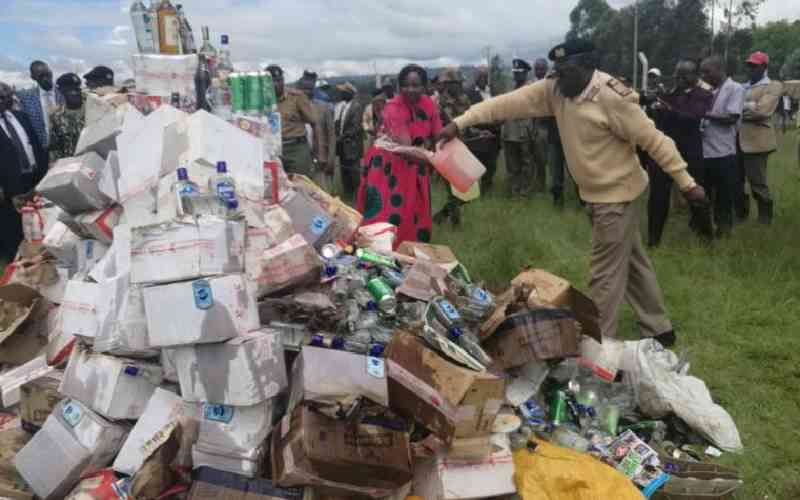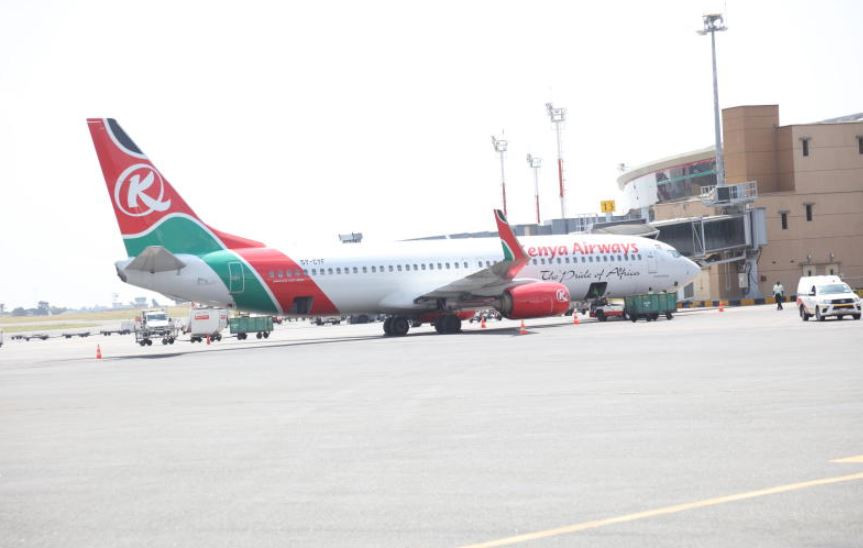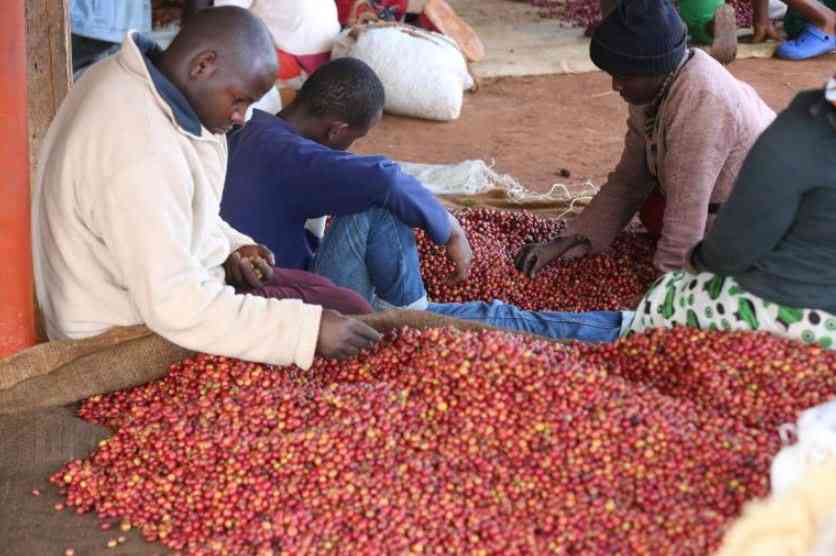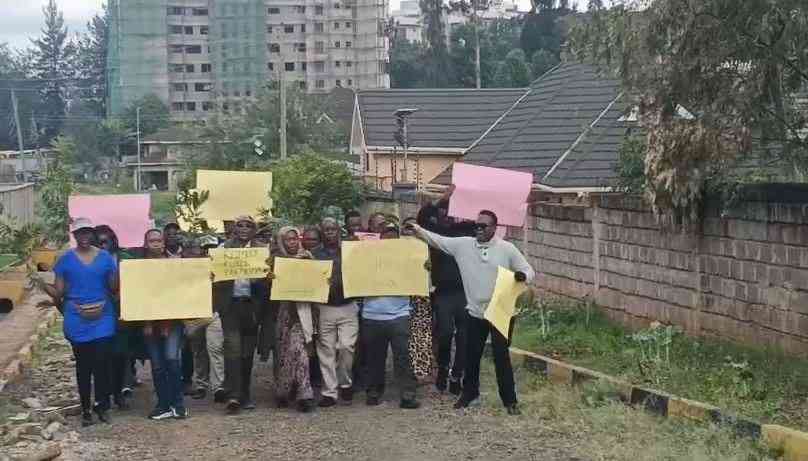×
The Standard e-Paper
Join Thousands of Readers

The lack of a definition for what constitutes second-generation alcohol could be the reason why the State's fight against illicit liquor has become akin to a dog chasing its own tail over the decades.
It is a legal gap that has been pointed out by the Kenya Association of Manufacturers (KAM), who are advocating for its clarification to ensure objectivity during crackdown exercises.







